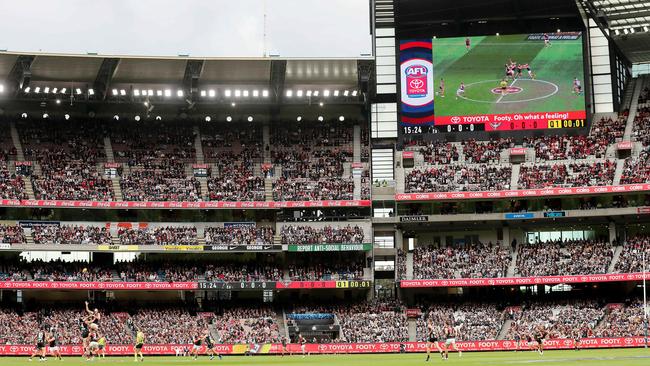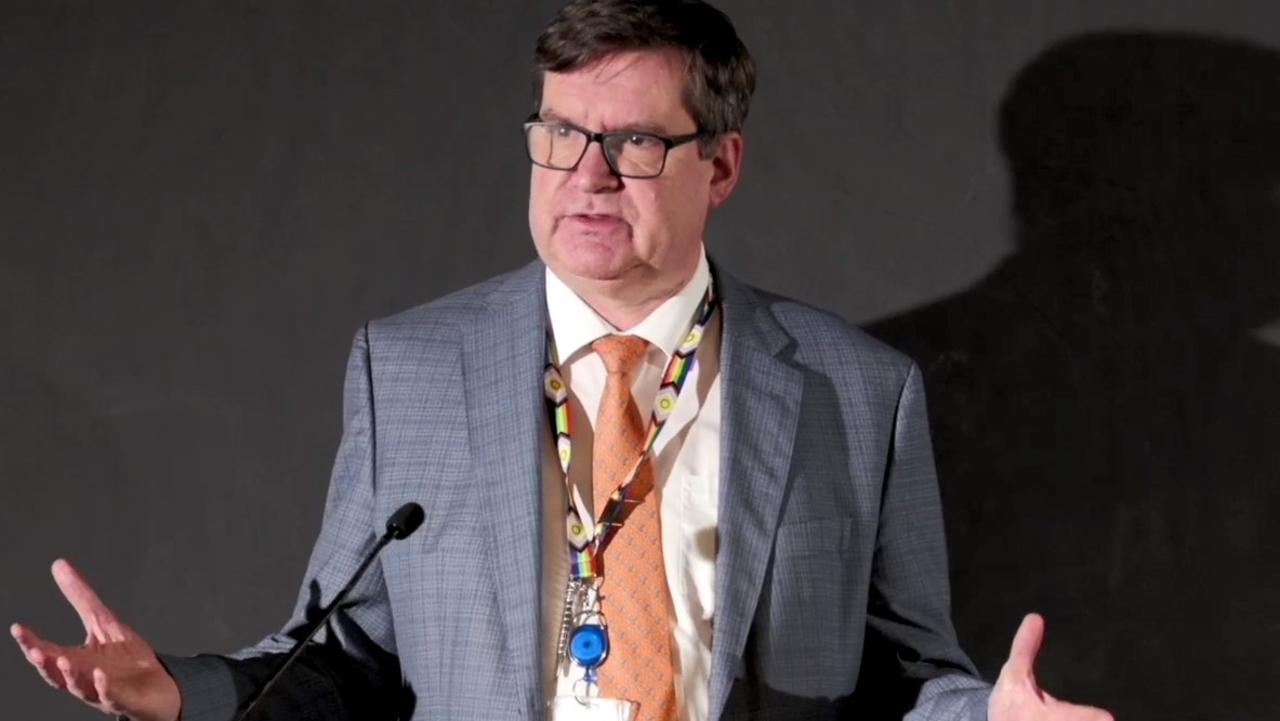Achieving vaccination 80 per cent rate won’t be end of restrictions
Even once 80 per cent of the adult population is vaccinated, Australia will still have to follow Covid restrictions to prevent deaths.
Coronavirus
Don't miss out on the headlines from Coronavirus. Followed categories will be added to My News.
Covid-19 containment measures will be needed to prevent 2000 deaths a year even once 80 per cent of the adult population is vaccinated, according to Australia’s plan to live with the virus.
The Doherty Institute’s modelling, used by the national cabinet to set its vaccination target for reopening the country, confirms snap lockdowns will be the best way to stop the Delta variant until 70 per cent of Australians over 16 have received both vaccinations.
Once that target is reached, crowd caps at major events and density limits in offices and hospitality venues will still be required – costing the economy $140m a week – and rapid testing, tracing, isolation and quarantine will need to be maintained.
The modelling says if Australia reaches 80 per cent vaccination coverage and these measures are properly implemented, the nation could live a Covid-normal life, with 1160 symptomatic cases over six months and just seven deaths.

But if these containment measures fail – even with four out of five adults vaccinated – the institute predicts Australia would be hit by 230,164 symptomatic infections over a six-month outbreak, with 7699 people admitted to hospital and 996 losing their lives.
Prime Minister Scott Morrison, who released the modelling on Tuesday, said Covid-19 would “never be eliminated” and “common sense precautions” would help Australia live with the virus.
“I have great faith in the Australian people to get this country vaccinated,” he said.
The Pfizer vaccine is expected to be made available to people in their 30s from early September, after the institute identified young adults as the main spreaders of the virus.
The vaccine is expected to be approved for children aged 12 to 15 within weeks, although the institute’s modelling indicated bringing it forward would not have a major effect on reducing transmission of the virus.
Professor Jodie McVernon, from the institute, said immunising young adults was critical.
“They will bring Covid home to their children, they will take it home to their own parents, and this is the group now where we’re proposing the reorientation of the strategy,” she said.
Under the plan, Australians aged 16 to 29 will get their shots from early October.
One in five Australians aged over 16 is already fully vaccinated, and with one million doses now administered every six days, the government is confident the 70 per cent target will be reached by Christmas.
Health Minister Greg Hunt said the latest research showed 79 per cent intended to be fully vaccinated by then.
The Doherty report urged a “precautionary approach” on setting a national vaccine target, given Australia’s ability to slow transmission of the virus varied across the regions, depending on the effectiveness of health responses and whether people followed ongoing restrictions.
It said further work was needed on localised vaccine targets and restrictions.
Mr Morrison said the baseline restrictions suggested by the institute’s model were not prescriptive and would be debated by the national cabinet.

Treasury modelling found that at a vaccination rate of 50 per cent, the lowest cost strategy to control the virus was strict lockdowns accompanied by ongoing baseline restrictions, which would cost $570m a week.
Low-level restrictions required at a 70 per cent rate would cost $200m a week, or $140m a week to manage the virus with vaccination rates higher than 80 per cent.
Chief medical officer Professor Paul Kelly said the country would need to shift out of the suppression phase once the vaccine rollout moved ahead.
“We do need to accept that there will be cases. We need to accept that there will be hospitalisations, there will be ICU admissions and there will be deaths,” he said.
The institute’s analysis also strongly backed the Melbourne-made AstraZeneca vaccine, finding it was 86 per cent effective at reducing hospital admissions and 90 per cent effective at preventing deaths — virtually the same as the Pfizer vaccine.
After Labor proposed a $300 payment to everyone vaccinated before December 1, Mr Morrison said that was a “vote of no confidence” in Australians. “This is a serious public health crisis, it is not a game show,” he said.




